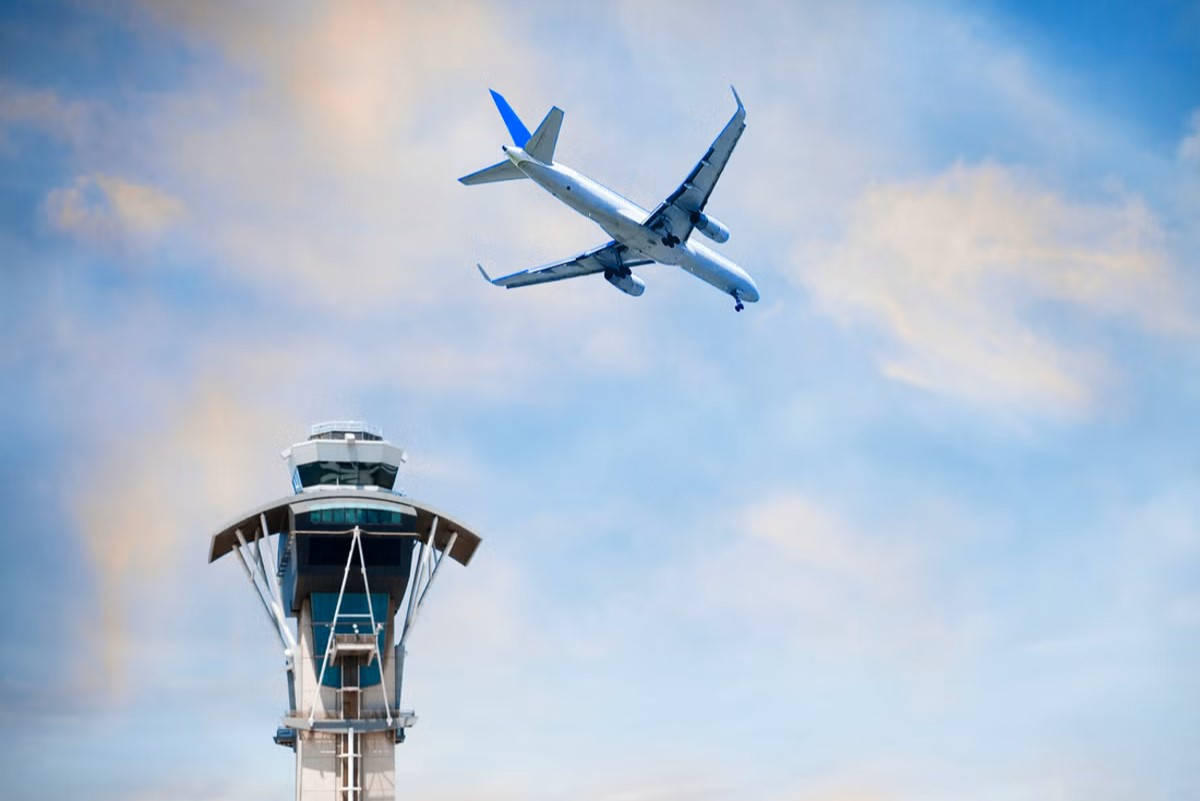
What is aviation policy development? Aviation policy development involves creating rules and guidelines to ensure safe, efficient, and sustainable air travel. Governments, international organizations, and industry stakeholders collaborate to address issues like safety standards, environmental impact, and economic growth. Why is it important? It ensures that air travel remains safe, accessible, and environmentally friendly. Who benefits? Passengers, airlines, and even the planet benefit from well-crafted aviation policies. How does it work? Experts analyze data, consult with stakeholders, and draft regulations that balance safety, efficiency, and sustainability. Why should you care? Understanding aviation policy helps you appreciate the complexities behind your next flight and the efforts to make air travel better for everyone.
Key Takeaways:
- Aviation policy has come a long way since 1926, shaping safety, environmental impact, and economic aspects of air travel. It continues to evolve to address new challenges and opportunities.
- Global collaboration is crucial in shaping effective aviation policy, ensuring safe and efficient air travel. Future trends focus on sustainability, innovation, and urban air mobility for urban areas.
The Evolution of Aviation Policy
Aviation policy has undergone significant changes over the years. These policies shape how airlines operate, ensuring safety, efficiency, and environmental responsibility.
-
The first aviation policy was established in 1926 with the Air Commerce Act. This act aimed to regulate civil aviation and promote air commerce.
-
The Federal Aviation Administration (FAA) was created in 1958. It oversees all aspects of American civil aviation, including air traffic control and safety regulations.
Safety Regulations in Aviation
Safety is a top priority in aviation policy. Various regulations ensure that air travel remains one of the safest modes of transportation.
-
The International Civil Aviation Organization (ICAO) sets global safety standards. Established in 1944, ICAO works with 193 member states to ensure safe and efficient air travel.
-
The Aviation Safety Reporting System (ASRS) allows pilots and crew to report safety concerns anonymously. This system helps identify potential hazards before they become serious issues.
Environmental Impact of Aviation
Aviation policies also address the environmental impact of air travel. Efforts are made to reduce emissions and promote sustainable practices.
-
The Carbon Offsetting and Reduction Scheme for International Aviation (CORSIA) aims to stabilize CO2 emissions. Launched in 2016, it encourages airlines to offset their carbon footprint.
-
Many airlines are investing in more fuel-efficient aircraft. These planes use advanced technology to reduce fuel consumption and emissions.
Economic Aspects of Aviation Policy
Aviation policies significantly impact the economy. They influence airline operations, ticket prices, and international trade.
-
Open Skies agreements promote competition and lower fares. These agreements between countries allow airlines to operate freely, increasing travel options for passengers.
-
The Airline Deregulation Act of 1978 transformed the U.S. airline industry. It removed government control over fares, routes, and market entry, leading to increased competition and lower prices.
Technological Advancements in Aviation
Technology plays a crucial role in shaping aviation policy. Innovations improve safety, efficiency, and passenger experience.
-
NextGen is a modern air traffic control system being implemented by the FAA. It uses satellite technology to improve navigation and reduce delays.
-
Drones are becoming an integral part of aviation policy. Regulations are being developed to ensure their safe integration into airspace.
International Cooperation in Aviation
Global collaboration is essential for effective aviation policy. Countries work together to address common challenges and improve air travel.
-
The Chicago Convention of 1944 laid the foundation for international aviation law. It established ICAO and set guidelines for airspace sovereignty and aircraft registration.
-
The European Union Aviation Safety Agency (EASA) oversees aviation safety in Europe. It works with member states to harmonize regulations and ensure high safety standards.
Future Trends in Aviation Policy
Aviation policy continues to evolve, addressing new challenges and opportunities. Future trends focus on sustainability, innovation, and global cooperation.
- Urban Air Mobility (UAM) is an emerging field in aviation policy. It involves the development of air taxis and other advanced air transportation systems for urban areas.
The Future of Aviation Policy
Aviation policy development shapes how we fly and impacts global connectivity. Understanding these policies helps us appreciate the complexities behind air travel. From safety regulations to environmental concerns, each policy aims to make flying safer, more efficient, and sustainable.
As technology advances, expect new policies to address emerging challenges and opportunities. Drones, electric planes, and space tourism are just a few areas where policy will evolve. Staying informed about these changes can help travelers and industry professionals navigate the skies more effectively.
In short, aviation policy is a dynamic field that requires constant adaptation. By keeping up with these developments, we can all contribute to a safer, greener, and more connected world. So next time you board a plane, remember the policies that make your journey possible.
Frequently Asked Questions
Was this page helpful?
Our commitment to delivering trustworthy and engaging content is at the heart of what we do. Each fact on our site is contributed by real users like you, bringing a wealth of diverse insights and information. To ensure the highest standards of accuracy and reliability, our dedicated editors meticulously review each submission. This process guarantees that the facts we share are not only fascinating but also credible. Trust in our commitment to quality and authenticity as you explore and learn with us.


